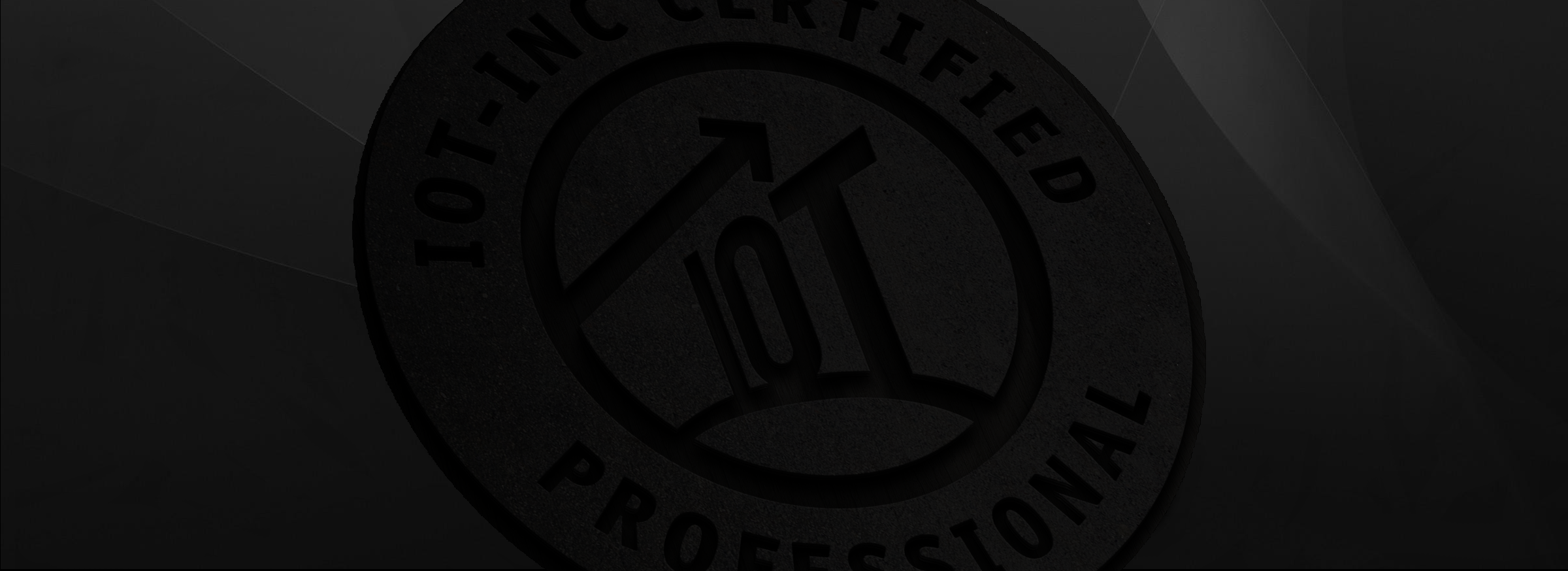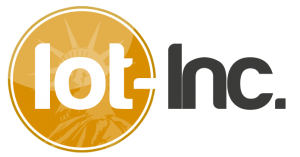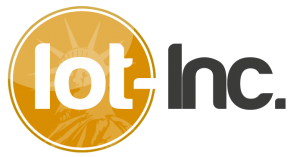Developing an effective smart (IoT-based) digital transformation strategy means understanding how IoT will affect your industry and its competitive landscape. It also means understanding how this technology will affect the operations of your business and what organizational changes are needed for effective execution. In this course you will learn how to develop your IoT strategy, design a smart product or architect smart operations, and digitally transform your company to support it. The ICIP Strategy & Execution course has 9 modules with 50 video lessons. Watch select lessons by clicking the







